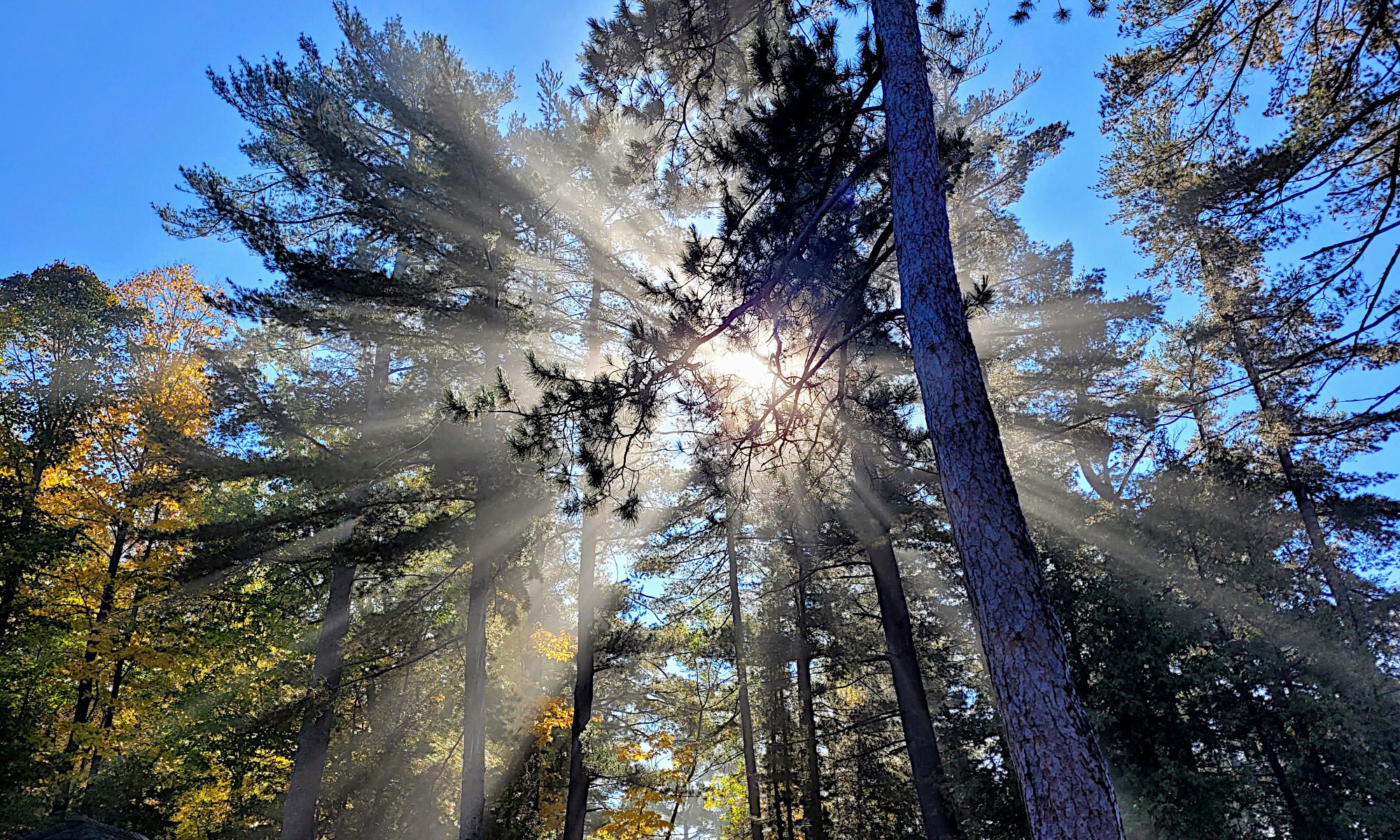Can a faded brand redesign its way back to popularity? That question seems to be coming up a lot lately, whether it’s Digg doing a relaunch or Yahoo redesigning its email. Now it’s Myspace’s turn — the social network owned by Rupert Murdoch’s News Corp. is rolling out a relaunch starting today, which it says is focusing on Generation Y and the music/entertainment scene. The big question is: will anyone care? Or, more broadly, will the redesign have any appreciable impact on Myspace’s also-ran status in the social-networking space? It may still have millions of registered users, but it has clearly lost a ton of momentum, and when you are a social network, momentum is everything.
Michael Jones, president of Myspace (which has given up the capital S in its name as part of the redesign), told the New York Times that the service “got very broad and lost focus of what its members were using it for.” But is that really what happened? More than anything, Myspace simply lost the hold that it had on users as Facebook grew, and the latter has gradually sucked virtually all the oxygen out of the room as far as social networking is concerned. Jones — who is the latest in a virtual revolving door of Myspace chief executives — told Bloomberg that the redesign is “a full rethink,” and that the new site is “an entirely different product.” But it clearly is not. The changes are a coat of paint and some new plumbing, but the house remains the same.
A recent chart of Myspace traffic from Quantcast shows an almost unbroken toboggan hill downwards from about 80 million monthly unique visitors in 2007 to a little over 40 million (Compete.com shows Myspace with about 60 million). The only other major service to see that kind of decline is probably AOL, which has spent the past decade hemorrhaging users of its Internet access service. Facebook’s chart goes in the exact opposite direction — up from the 45 million range in 2007 to almost 150 million today.
Myspace clearly still has an audience, just as Yahoo and Digg both do. The social network says that it has 100 million registered users, and that the number of Generation Y users grew by more than 20 percent this year — but Facebook crossed the 500-million mark earlier this year and has been adding several million more every month. And growth (or lack of it) is the crucial question for advertisers: RBC Capital Markets analyst David Banko told Bloomberg that Myspace lost about $350 million last year. News Corp. paid $580 million for the site in 2005, in what some said was a brilliant foray into social networking.
The problem for Myspace and Yahoo and Digg — not to mention dozens of other faded superstars of the web — is that once you are on that downward slide in terms of users and traffic, it is virtually impossible to recover. That’s just not how the network effect works. Myspace’s redesign might appeal to many of its existing users, and possibly encourage some to use it more, but will it bring in new users, or enough of them to make a difference? Unlikely. The same goes for Yahoo’s new email service, and the rolled-back relaunch of Digg. Those services can continue to try and maximize the revenue they get from their existing (or declining) user base, but growth is probably a thing of the past.
Sean Adams, who runs a UK music blog called Drown in Sound, had some suggestions about what the social network should do to really become a music and entertainment powerhouse, including
1. Commissioning exclusive content, maybe even trying to be the angel funder for music (a la the Starbucks label), so that artists don’t have to put their hand out for fan-funding, and in exchange they, like a record label, have exclusive content that if they get the right A&R could be really relevant and also vital to the music eco-system. MySpace shifting the Zeitgeist, like it did for a few weeks with Test-icicles, way back when, again, would blow people’s minds.
2. Paying people whose tastes people give a shit about to “DJ”/compile content. Even if it’s doing ATP style curation, taking-overs of the site and letting Paramore run the site one week, and Phoenix the next day. Give them a budget to stream one of their favourite films or documentaries for a day.
3. Be rumoured to be buying Spotify, and then maybe whilst no-one is looking merge with Last.fm and Bandcamp, and create something simple and universal that music fans want and tools that artists need, rather than sitting on all that data for “fans” that artists can no longer access, whilst doing the same thing with a different, more data-locked face on it.
There have been 117 different Myspace logos created for the service.
From the tour that Myspace has provided on its site (yes, I still have an account) and the screenshots it has sent to the media, the redesign makes profile pages somewhat cleaner looking — in other words, they have mostly lost that late-1990s look they used to have. But they are still quite cluttered, and it is still difficult to find things amidst all the widgets and plugins and assorted doo-dads. More than anything, the new design looks very Facebook-like, which probably isn’t surprising. And the new logo with the empty bracket is a little odd-looking, although I assume it is supposed to mean that you can fill in the blank with whatever you want Myspace to be.
